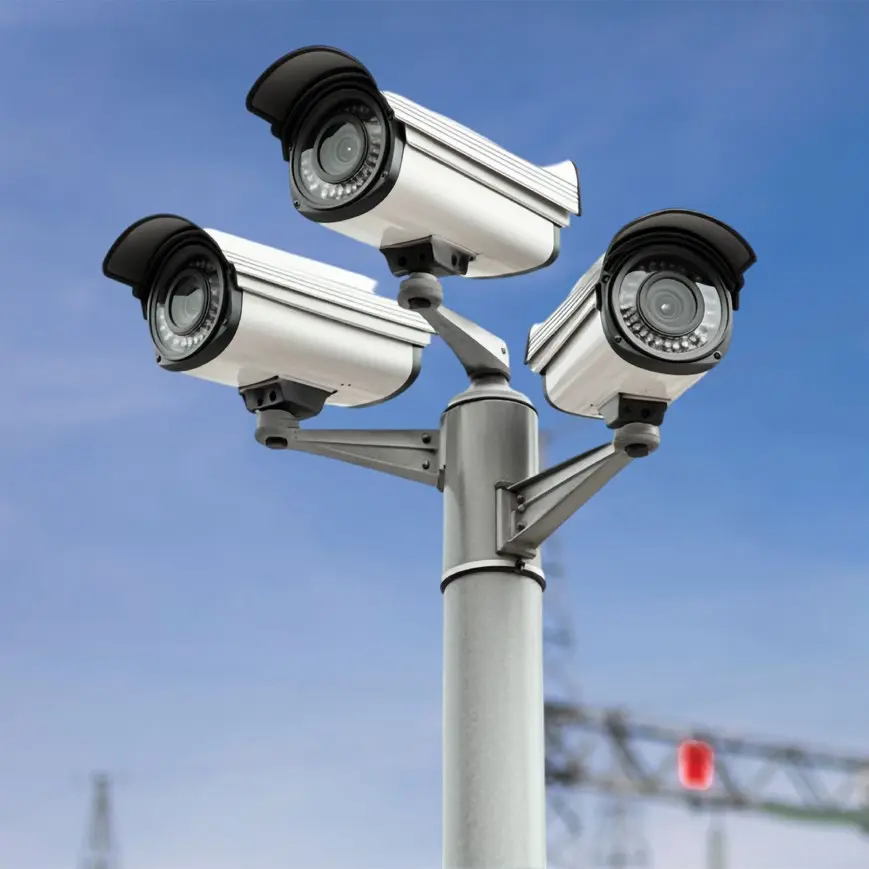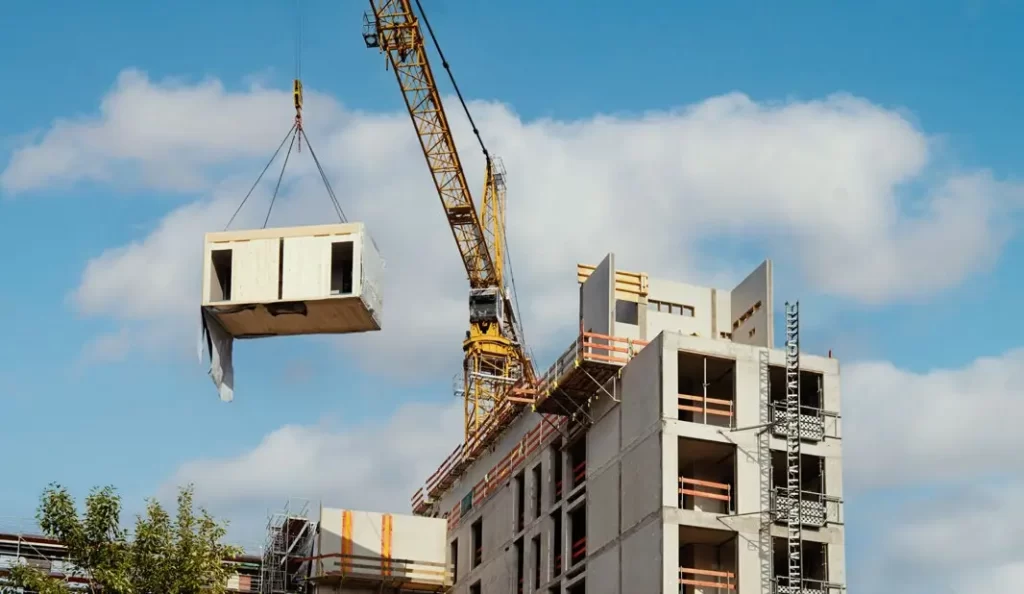Understanding Non-Contact Measurement Technology
Non-contact measurement refers to a method of obtaining precise data about an object without physical interaction. This advanced approach finds extensive applications in industries like manufacturing, healthcare, aerospace, and more, delivering efficient, safe, and accurate solutions.
What is Non-Contact Measurement?
Non contact mesure de la distance employs physical phenomena such as light, lasers, ultrasound, or electromagnetic waves to determine an object’s dimensions, shape, position, or other attributes. Compared to traditional contact methods, it offers distinct
advantages:
- Haute précision: Achieves accuracy at micrometer or even nanometer levels.
- Vitesse: Ideal for rapid inspections in mass production.
- Non-destructif: Leaves the measured object undamaged.
- Polyvalence: Performs effectively in extreme conditions like high temperatures or corrosive environments.
How Non-Contact Measurement Devices Works
Non contact precision measurement relies on several advanced technologies:
1. Mesure par laser
Mesure laser systems utilize the linearity and coherence of laser beams to calculate dimensions or distances. For example, distance laser sensors quickly measure the gap between the sensor and the target object.
2. Optique Measurement
Optical measurement systems leverage cameras and image processing to capture two-dimensional or three-dimensional information. Industries often use this method to inspect surface defects or roughness.
3. Ultrasonic Measurement
Ultrasonic sensors measure the time it takes for sound waves to travel through a medium and return, enabling precise distance calculations. Common applications include liquid level monitoring and obstacle détection.
4. Electromagnetic Measurement
Electromagnetic wave reflection allows accurate position or velocity measurements, widely used in radar systems.
Applications of Non Contact Measurement




1. Industrial Manufacturing
Non-contact measurement plays a critical role in manufacturing:
- Dimensional Inspection: Capteurs laser measure the exact dimensions of components in automotive production.
- Inline Monitoring: Optical systems continuously monitor product quality on production lines.
2. Healthcare
In the medical field, non-contact measurement enhances diagnostic capabilities:
- Temperature Screening: Infrared thermometers rapidly detect body temperature.
- Ophthalmology: Optical coherence tomography (OCT) assesses retinal thickness.
3. Aerospace
Aerospace demands precision measurement for safety and performance:
- Damage Monitoring: Identifies surface damages on aircraft.
- Component Deformation Detection: Tracks minor deformations in critical parts.
4. Logistics and Warehousing
Non-contact measurement optimizes la logistique operations:
- Automated Sorting Systems: Measures package dimensions for efficient categorization.
- Volume Measurement: Laser scanning systems quickly assess cargo dimensions.
Why Choose Non-Contact Measurement?
Non-contact measurement eliminates risks associated with traditional methods, such as surface wear during precision inspections. Its ability to speed up detection processes while maintaining accuracy reduces costs and enhances productivity. For example, laser sensors in industrial automation improve quality control by delivering real-time measurements.
Industry Use Cases
Here are practical examples of non-contact precision measurement:
Non contact precision measurement devices reshapes modern industries by offering precise and reliable solutions. Whether in manufacturing, healthcare, or logistics, this technology enhances operational efficiency and ensures quality outcomes. To explore advanced non-contact measurement sensors, visit our page produit for detailed insights.
What is non contact measurement?
Non-contact measurement is a technique that measures distance, position, or dimensions without touching the target object. It uses technologies such as laser, ultrasonic, or optical sensors to achieve high precision and avoid damage to the measured surface.
What are the advantages of non contact measurement over traditional methods?
Compared to contact measurement, non contact methods offer higher speed, no wear or damage to the target, the ability to measure moving objects, and suitability for high-temperature or hazardous environments.
Which industries benefit most from non-contact measurement technology?
Key industries include manufacturing, automotive, aerospace, electronics, robotics, healthcare, and food processing — especially where precision and hygiene are critical.
How accurate is non-contact measurement?
Depending on the sensor type and application, accuracy peut reach micrometer levels, making it ideal for quality control and precision engineering tasks.
Can non contact measurement be integrated into automated systems?
Yes. Modern non contact sensors support numérique outputs, industrial protocols, and real-time data processing, making them easy to integrate with automation systems like PLCs and robotics.
Related Resources: